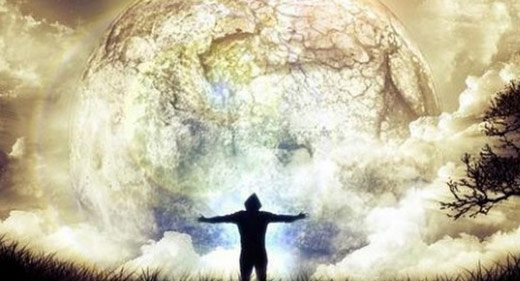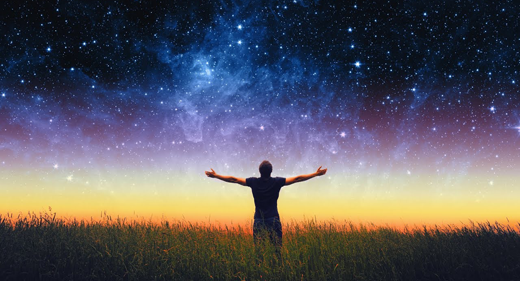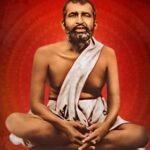The history of yoga. Yoga has become the zeitgeist of modern western society…

But do you know where yoga came from and its purpose beyond asana practice? Yoga is an ancient tradition that at its core has the goal of unity and transcendence. As yoga practitioners it is important that we uphold and respect this ancient tradition. Yoga’s surging popularity means more people than ever have access to its teachings, but in ancient times yoga was not written down but was passed onto the student verbally only when the teacher thought ready.
So where did yoga originate and how has its long history lead to the many types of yoga we see across the world today?
The exact origin of yoga is still uncertain, but from what we do know we can divide its history into four broad sections: The Vedic Period, Pre-classical Yoga, Classical Yoga and Post-classical Yoga. So lets go back to the beginning.
Vedic Yoga
The Indus valley is an area that incorporates modern day Afghanistan, Pakistan and North-West India, here lived the largest civilization in early antiquity. Back in 1000-2000BC it was believed the area was invaded by Vedic-speaking barbarians (Aryans), who brought along their complex religious tradition of Brahmanism, although there is debate as to whether Brahmanism actually formed through a hybrid of beliefs and traditions between the Aryans and the people of the Indus Valley. It is this Brahmanism that forms the foundation of modern day Hinduism and where we find the first symbolic references to yoga. Early clay seals have been discovered depicting people in the lotus position and deities resembling Lord Shiva.
Any serious student of yoga philosophy will be aware of the Vedas (the Rig Veda, Sama Veda. Yajur Veda and Atharva Veda) which are the most comprehensive of all ancient scriptures. It is within the Rig Veda we find the first use of the word yoga. The Rig Veda includes topics such as sacrifice, prayer, divine harmony and greater being to overcome the ego. Within the Rig Veda we find among many others the Gayatri Mantra, which we hear in many a modern day yoga studio. But at this point in history we find no mention of any details of a systematized practice of yoga.
Pre-classical Yoga
This extensive period known as Vedanta (literally Vedas-end) is when yoga came into its own through the Upanishads. The Upanishads are a collection of over 200 scriptures, which refer to the ultimate unity of all things and point to concepts such as; the nature of the self (Atman) being the same as the essence of the universe; every person undergoes a cycle of birth, death and rebirth; that your rebirth is determined by your actions and that karma can reduce the negative effect of any past actions through the practice of special rituals. The pre-classical period of yoga combines many schools whose teachings emerge from the epic Indian texts the Ramayana and Mahabharata (in which we find the Bhagavad Gita). These schools used deep meditation techniques to discover the true nature of the self or Atman.
It is the Bhagavad Gita that is undoubtedly the most famous of Hindu texts, which makes little reference to yoga as a physical practice. Instead Krishna speaks of Karma Yoga (the path of action and selfless service) Jnana Yoga (the path of knowledge or wisdom) and Bhakti Yoga (the path of devotion) in his dialogue with Prince Arjuna. It is this text that is a fundamental text for all those wishing to deepen their yoga practice.
Classical Yoga
We see the beginning of a structured approach to yoga with the emergence of the Yoga Sutra of Patanjali (whom we still know little about to this day) and these sutras remain the most important text on yoga to this day. The sutras are a composition of 195 aphorisms that are dated somewhere in the region of 200AD. We are introduced to the eight-limbed path known as Raja Yoga. This eight-limbed path gives us the Yama, meaning restraints; niyama, meaning observances; asana, physical postures; pranayama, breathing practices; pratyahara, withdrawal of the mind from the senses; dharana, concentration; dhyana, focus on a single object indefinitely; and Samadhi, absorption, or realization of the nature of the self. It is these eight-limbs that make up a lot of modern practices along the path of spiritual enlightenment.
Post-classical Yoga
After the yoga sutras it was in the post-classical period that great yogis started discovering the hidden potential of the body and at this time Tantra and Hatha yoga emerge. Tantra yoga techniques focused on expanding consciousness and liberating energies to transcend individual limitations. Tantric yogis discovered techniques to change the biochemistry of the body itself. Hatha yoga worked on similar principles of balancing opposites to transform the physical body before walking the path of the other eight-limbs describes in the Sutras.
It was around 130 AD that we find the Hatha Yoga Pradipika, which is the classic text on Hatha yoga. It describes 16 postures (most of which are variations on lotus pose) and included purification rituals, pranayama techniques, mudras and bandhas. It explains that the purpose of Hatha yoga is to awaken the subtle (kundalini) energy in a bid to move eventually to Samadhi.
This brings us to modern day yoga, which arose from early last century when interest in yoga peaked with the translation of the Bhagavad Gita in 1785 by Charles Wilkins. In 1893 Swami Vivekanda travelled to America to give a number of lectures on yoga. These lectures gained the interest of a great number of people in the west. By 1920 the work of Hatha yoga was strongly promoted by T.Krishnamacharya, who is probably the most important teacher of yoga for westerners (although never having visited the west himself). He opened the first Hatha yoga school in Mysore in 1924. Krishnamacharya taught some of the most influential teachers in the west including BKS Iyengar, Pattabi Jois, TVS Desikachar (his son) as well as Indra Devi (his first western student and first woman student) and AG Mohan. Then in 1974 Indra Devi opened her first yoga studio in Hollywood.
Yoga Today
It today’s society we now have access to amazing teachers and teachings at the push of a button with the introduction of the Internet and social media. Modern day yoga is accessible to everyone regardless of his or her spiritual aims and we find a lot of practitioners in the west using yoga as a holistic way of maintaining health and wellbeing. Remember, there is more to the history of yoga than what we learn about in downward dog. Yoga is a practice that has been passed down through thousands of years from ancient civilizations and the original purpose of practicing postures was merely to allow us to sit in meditation for longer periods without discomfort. So remember we are privileged as the yogis of today to have these teachings shared so readily. While it is encouraged to practice and live your yoga – please do so respectfully and remember the lineage.








































